Blog, Tips and Techniques
How to WOW: Summer Photography by Mark Galer
Six of the Best ‘Top-Tips’ to make your Images really ‘Pop’ this summer
A Photography Tutorial that includes Photography Tips for Beginners
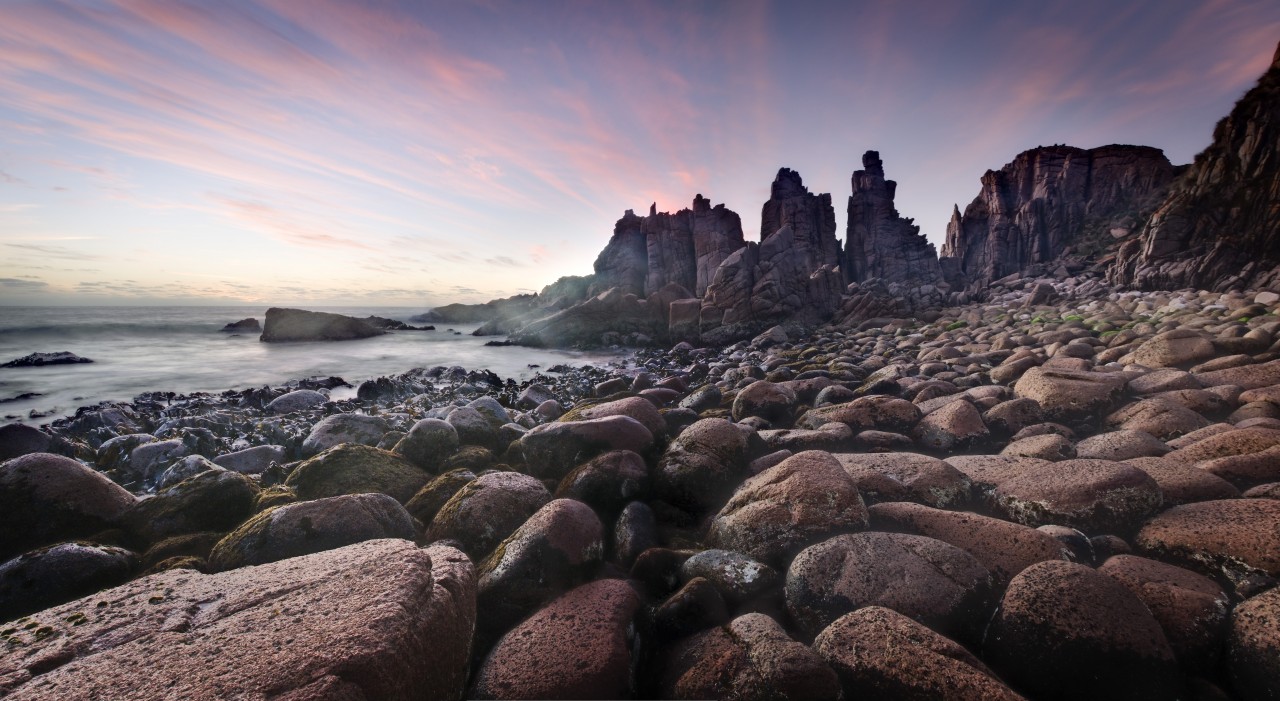
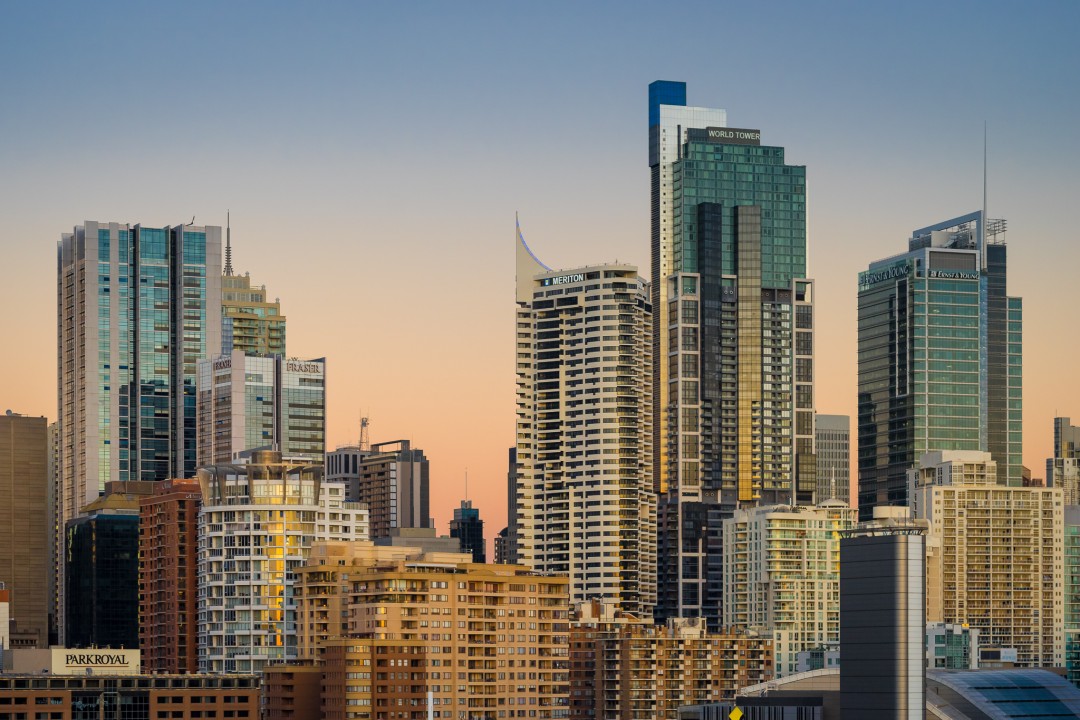
1 Choose your time of day
The ‘quality’ of light is a key ingredient in outdoor photography that can make your creative photography pop. When the sun is low in the sky you can emulate the type of lighting that is being used to create drama in movies and stage performances. Set aside a little time for yourself during the ‘Golden Hour’ (the first or last hour of daylight) to capture some truly memorable photographs this summer. Add some Vibrance in Lightroom or Lightroom Mobile to make the colours really pop during the photo editing stage (be sure to check out the free trial for the Creative Cloud Photography Plan – this includes Photoshop CC and Lightroom available from www.adobe.com).
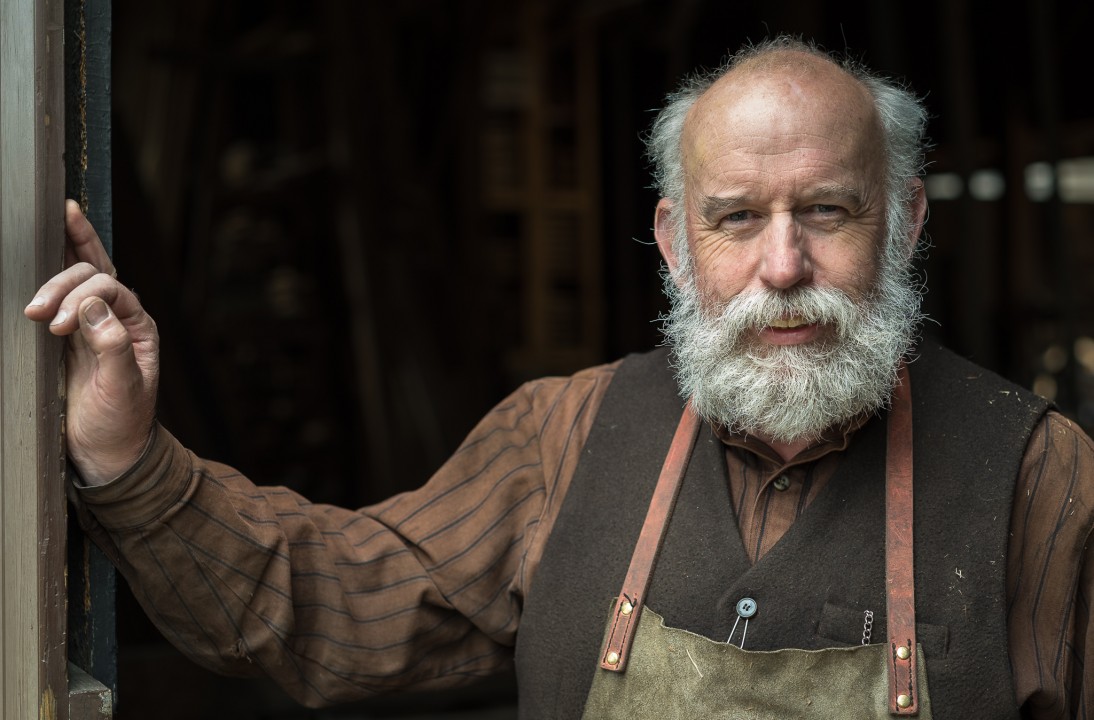
2 Isolate your subject
By carefully framing your image, you can turn a snapshot into a great shot. Most snapshots suffer from being way too ‘busy’. Your images, however, will start to improve dramatically if you reduce the amount of clutter in your frame. This can be a simple matter of placing an uncluttered background behind your subject. You don’t have wait for the subject to move, you can change it by taking a few steps to the left or right. The act of capturing a great shot can be likened to a dance where we try to move into a position that simplifies the composition. Don’t forget to add some ‘Noise Reduction’ in Lightroom or Lightroom Mobile if you have had to raise the ISO in low light.
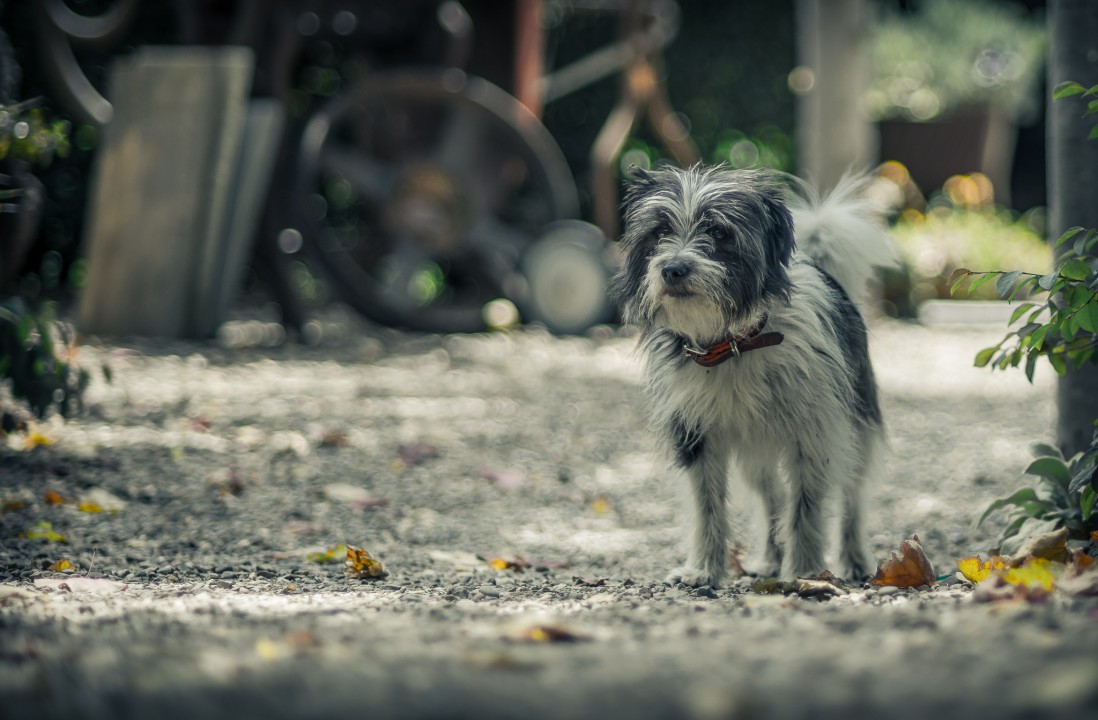
3 Blur the Background
Pro Photographers separate the subject from the background by blurring it. If you own a DSLR or Mirrorless ILC (interchangeable lens camera) you can select Aperture Priority mode and then select the smallest f-number, e.g. f/4 instead of f/16). Owners of compact cameras or mobile phones will struggle to blur the background due to the limitations of the sensor size found in these devices, but they can explore the following steps. Don’t forget to add some ‘Output Sharpening’ when you Export your images from Lightroom. This will make your images really pop when you are photo sharing to Social Media.
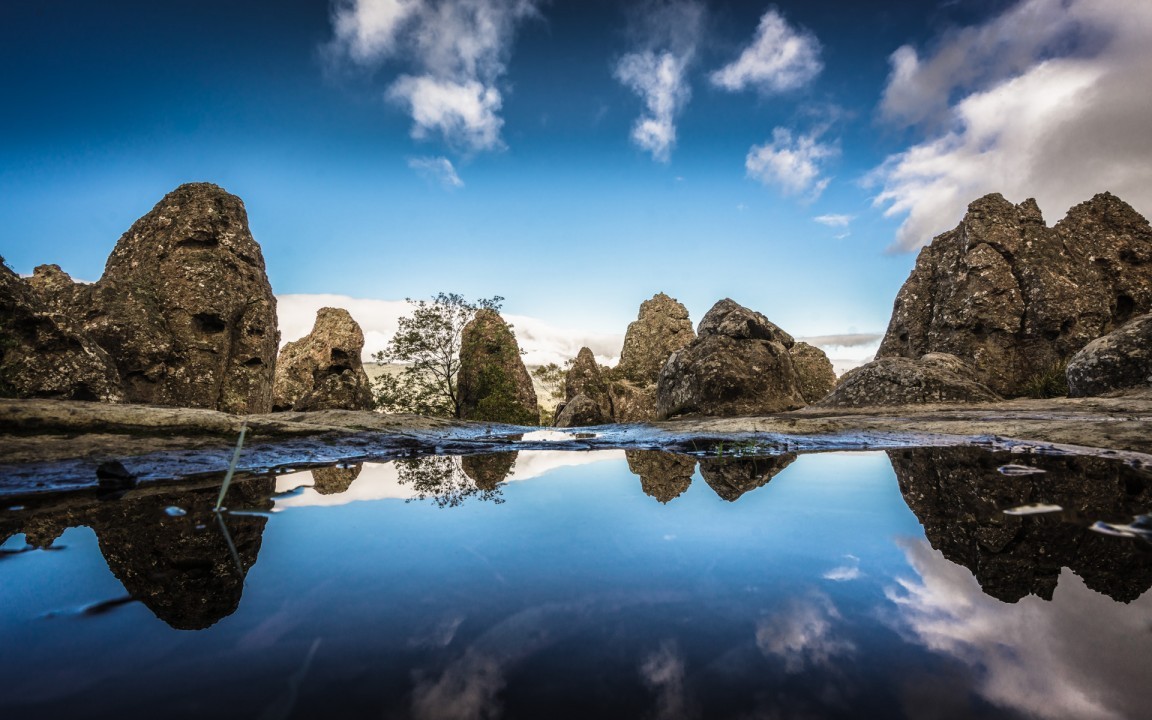
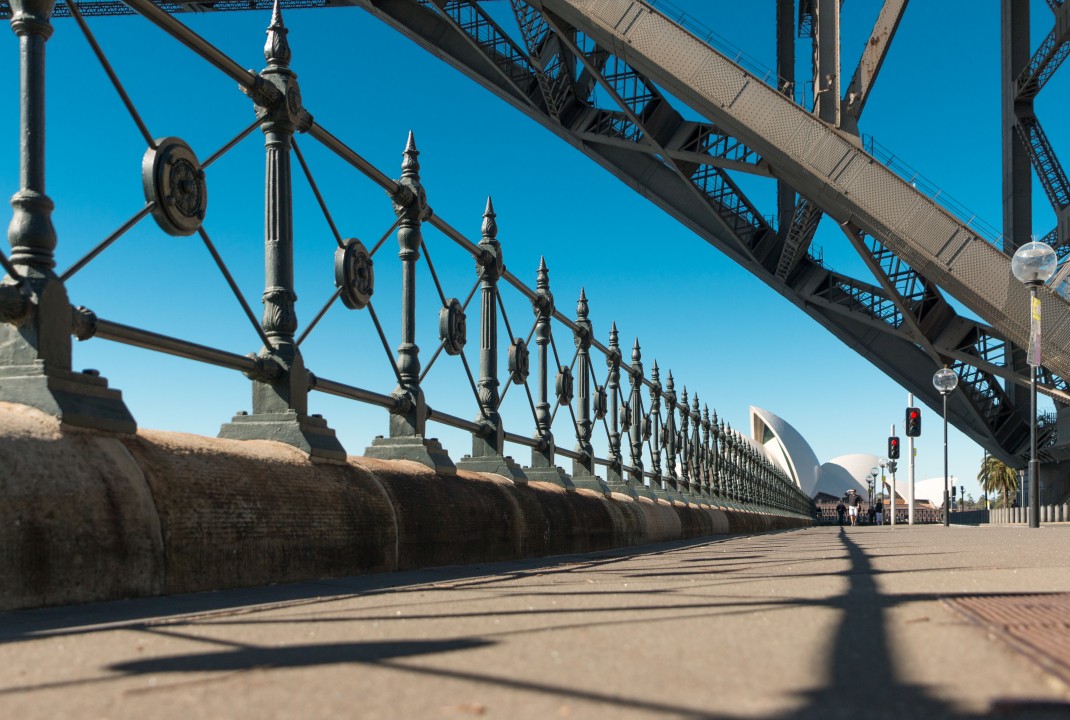
4 Change your Vantage Point
In the photographic dance we call ‘framing’, you should discover how raising or lowering the camera can dramatically change the photographic composition. Positioning the camera low to the ground or exploring high vantage points is a fun way to capture familiar subjects in creative, and unfamiliar, new ways. Even bobbing down a little will prevent the horizon line from skewering your subject’s head or neck. Lower the Luminance of the Blues or try adding a Vignette or Graduated filter in Lightroom /Lightroom Mobile when you edit photos that have an overly bright sky.

5 Get in Close
Move or zoom closer to your subject to remove a distracting background altogether. Consider cropping in post-production (Lightroom or Lightroom Mobile) to remove distracting detail and create the perfect crop during the photo edit. Cropping in Lightroom is always non-destructive so you will always be able to return (Reset) to the full image once you have finished experimenting.
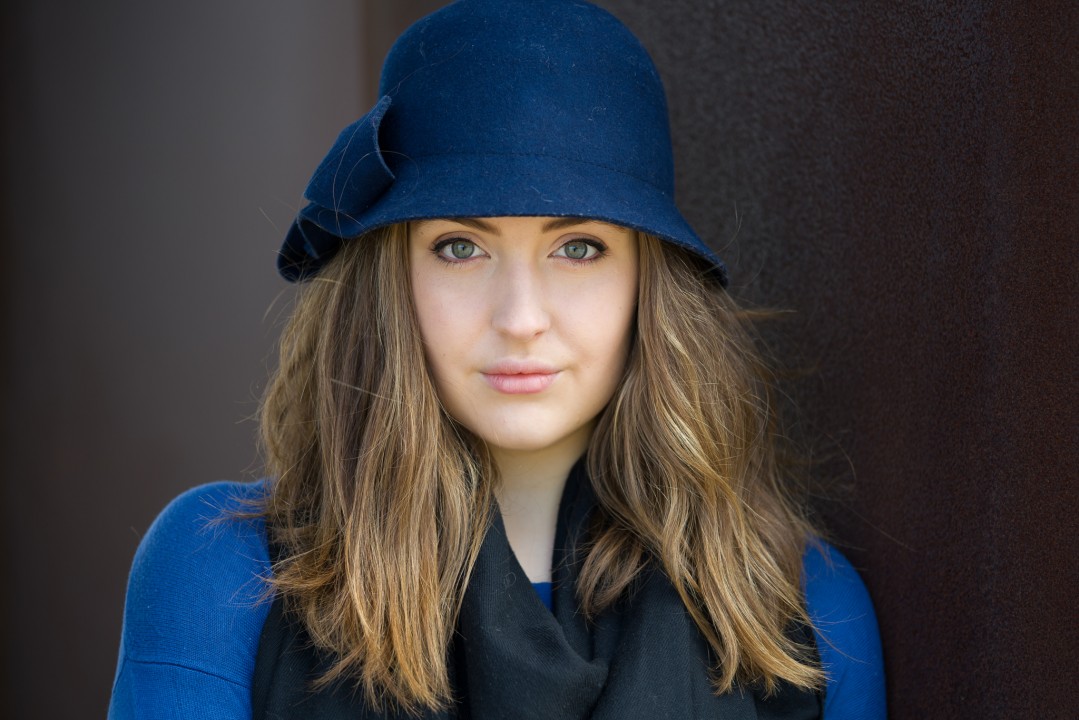
6 Soften harsh summer sunlight
The harsh midday sun in summer is not a friend to your photographic endeavours. Look for areas that will provide shade so that your subject’s will not be squinting or have dark unflattering shadows that darken their eyes. You will find areas of shade almost everywhere – even on the beach, perhaps underneath a beach umbrella or the shade of a convenient palm tree. Professional photographers will nearly always resort to fill-flash, reflectors or diffusers to resolve this problem if shade is not an option. If you find yourself in full sun, use fill-flash (if you have it) or try raising the Shadows slider in Lightroom when you edit photos with high contrast.
What do you do when your Smart Phone does not have enough quality but your DSLR is too heavy to carry?
The same sensor technology that gave Smart Phones much better quality in recent years (in all but low-light conditions) has also worked its way into a few compact cameras. Most cheap compacts these days do NOT provide better quality than the latest smartphones, but if you choose wisely you can now purchase a compact that has all the quality and controls of a DSLR for creative photography. The answer lies in the sensor size. Find one with a sensor size that is 1-inch or larger, and you are pretty much guaranteed exceptional image quality – even in low ambient light.
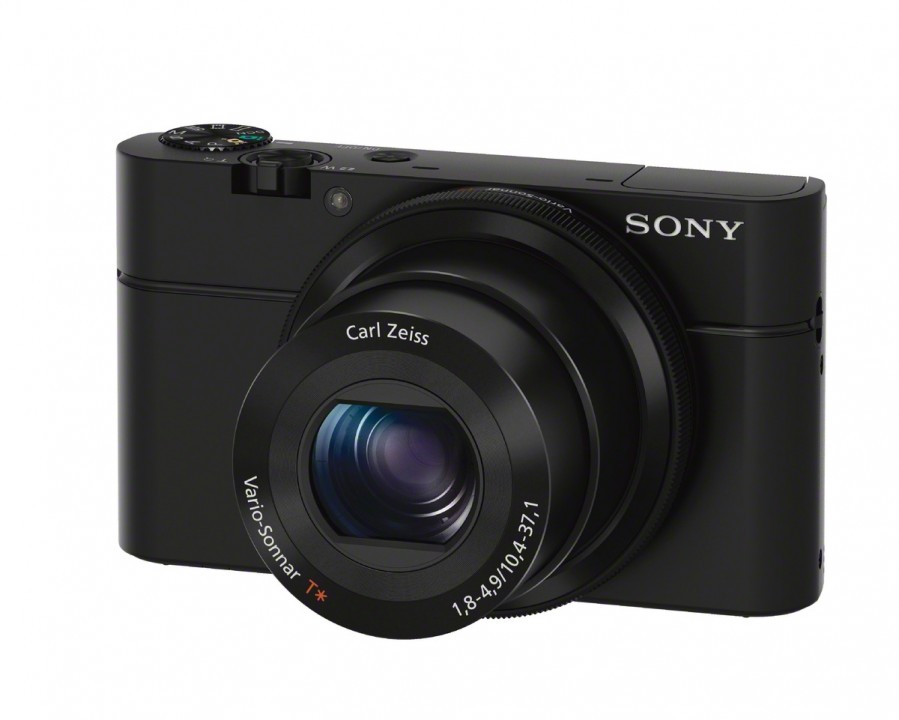
The three most popular ‘large-sensor’ compacts on the market are currently Sony’s RX100, Panasonic’s LX10/15 and Canon’s G7X. Great things really do come in small packages. Note – My personal favourite of the three mentioned here is the Sony RX100 (versions III to V have an invaluable pop-up viewfinder for easy framing in harsh sunlight).
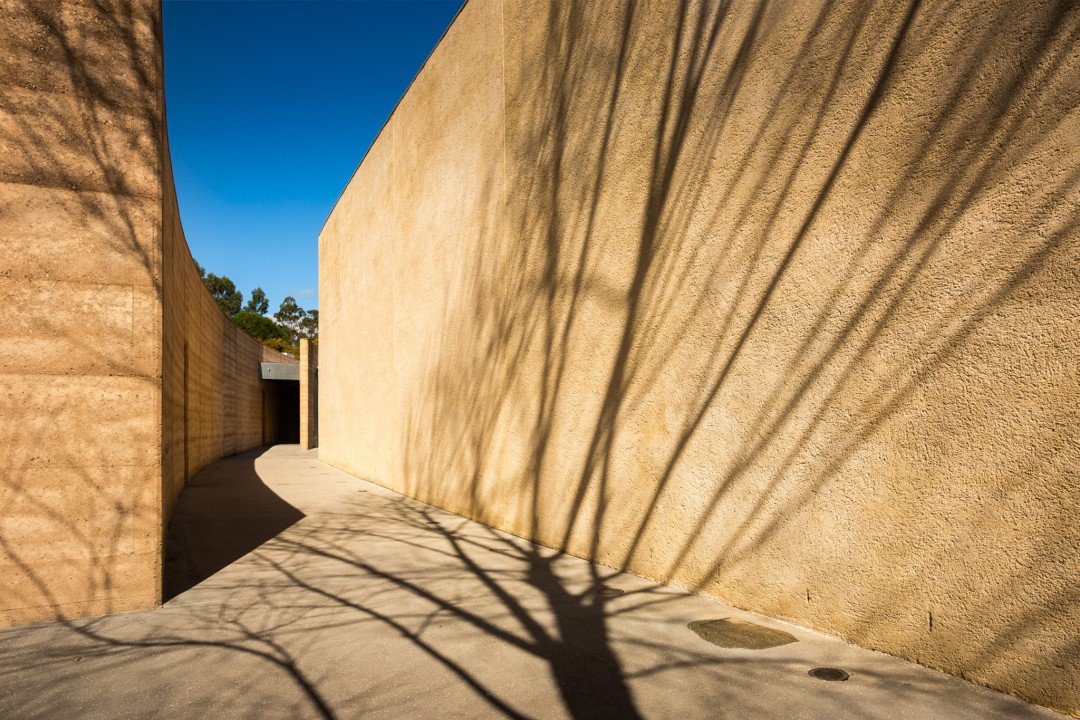
Want to learn more about creative photography?
Mark Galer’s book ‘Introduction to Photography: A visual Guide to the Essential Skills of Photography and Lightroom’ will quickly take your photographic skills to the next level.
It is available from all good book stores and Amazon US , Amazon UK and Amazon Australia